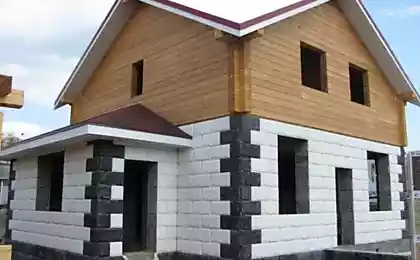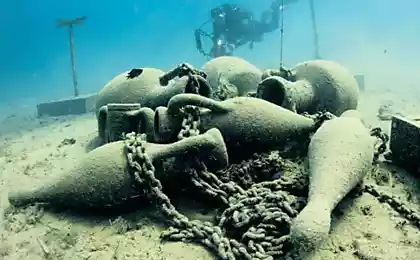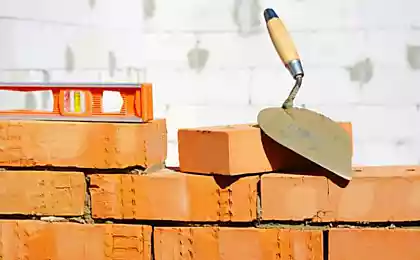1962
Polygonal MASONRY
Polygonal masonry - polygonal masonry - is one of the mysteries of ancient civilizations and the characteristic of the city of the gods. Its hard to describe - it blocks of irregular shape, stacked without mortar, and carefully fitted together - photos say more.
Such polygonal masonry find worldwide: in Peru, Japan, India, the sunken city at the bottom of the Black Sea. Blocks irregular stacked without mortar, and carefully adjusted to each other. This is difficult to do even today, ten times harder than the blocks of regular shape. This clutch is also called clay or plastic, because looking at some plants, it seems that at the time of walling stones were amorphous as clay or wax. What absurdities do not only try to explain this modern "scientists" to hide the existence of ancient advanced civilizations. We are trying to impose that these stone blocks were processed manually using the brass instruments.
Not one hundred gyri was broken on these walls, and more than a dozen theories about the methods of creating polygonal walls was voiced. I can cite only some of them, just say, that there are two versions of the origin of these structures - aliens and developed pratsivilizatsii (I stick to the latter) -, respectively, and methods will be owned one or the other version:
- Nano-robots aliens;
- The destruction of stone with ultrasound;
- Dissolution of stone sulfuric and hydrofluoric acids;
- Use of igneous not frozen magmatic melts;
- Separation of the rocks through cracks and small refinement primitive tools.
I brought only those methods that are not devoid of common sense, because with granite processing is also not so simple. Granites are formed at depths of several kilometers under water for a sufficiently long period of time. And if we melt granite stone, then the solidification of the granite has not got - a volcanic glass formed.
A distinctive feature of polygonal masonry is its resilience, as stones wedged together.
Polygonal masonry in the city of Cuzco and the "Temple of the ten niches" in Ollantaytambo, all in Peru. Complex of Edo Castle in Japan.
All I brought - not isolated cases in these countries. And in India, and Japan, and in Peru, these buildings date from the official 12-15 century AD However, in all three countries, they are combined with a rather primitive processed stones. Why was straining in one place (if you are already beauty inducing) if immediately lay a pile of rubble? Yet traces of polygonal masonry have in Cambodia.
Read more about prehistoric civilization



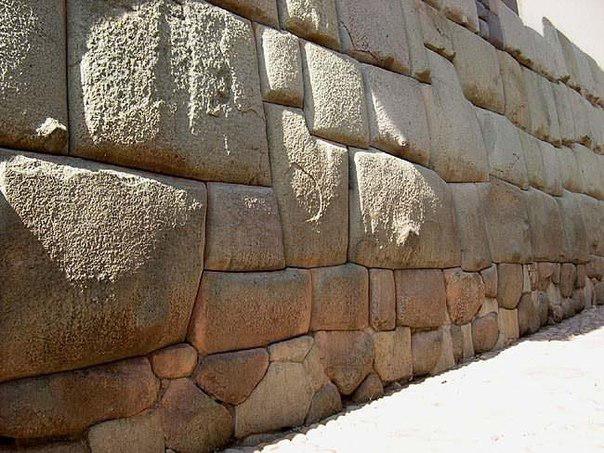


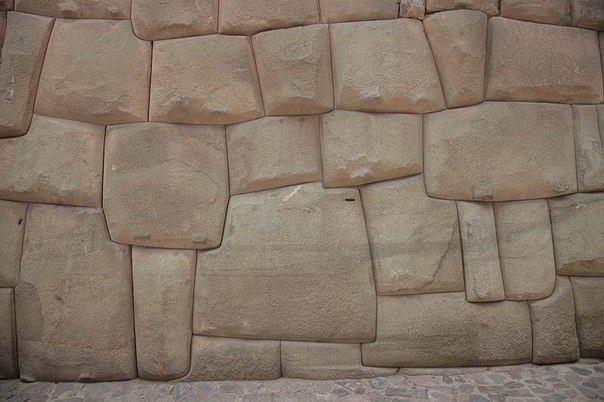
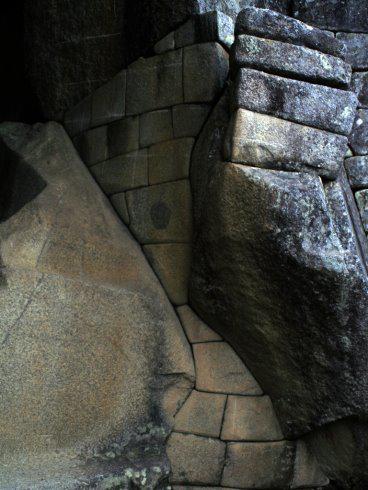


Such polygonal masonry find worldwide: in Peru, Japan, India, the sunken city at the bottom of the Black Sea. Blocks irregular stacked without mortar, and carefully adjusted to each other. This is difficult to do even today, ten times harder than the blocks of regular shape. This clutch is also called clay or plastic, because looking at some plants, it seems that at the time of walling stones were amorphous as clay or wax. What absurdities do not only try to explain this modern "scientists" to hide the existence of ancient advanced civilizations. We are trying to impose that these stone blocks were processed manually using the brass instruments.
Not one hundred gyri was broken on these walls, and more than a dozen theories about the methods of creating polygonal walls was voiced. I can cite only some of them, just say, that there are two versions of the origin of these structures - aliens and developed pratsivilizatsii (I stick to the latter) -, respectively, and methods will be owned one or the other version:
- Nano-robots aliens;
- The destruction of stone with ultrasound;
- Dissolution of stone sulfuric and hydrofluoric acids;
- Use of igneous not frozen magmatic melts;
- Separation of the rocks through cracks and small refinement primitive tools.
I brought only those methods that are not devoid of common sense, because with granite processing is also not so simple. Granites are formed at depths of several kilometers under water for a sufficiently long period of time. And if we melt granite stone, then the solidification of the granite has not got - a volcanic glass formed.
A distinctive feature of polygonal masonry is its resilience, as stones wedged together.
Polygonal masonry in the city of Cuzco and the "Temple of the ten niches" in Ollantaytambo, all in Peru. Complex of Edo Castle in Japan.
All I brought - not isolated cases in these countries. And in India, and Japan, and in Peru, these buildings date from the official 12-15 century AD However, in all three countries, they are combined with a rather primitive processed stones. Why was straining in one place (if you are already beauty inducing) if immediately lay a pile of rubble? Yet traces of polygonal masonry have in Cambodia.
Read more about prehistoric civilization






















